The Outer Banks is recognized nationally as one of the best birding locations on the East Coast. It is one of the many stops along the Atlantic Flyway, a well-known bird migration route. The OBX offers many trails to watch birds in their natural habitat as they stop along the shores of the Outer Banks.
Bird watching has become a popular pastime on the Outer Banks for locals and visitors alike. It is so prevalent that a week-long annual birdwatching festival is held in the OBX every year. When you stay with Joe Lamb Jr, you can see what birding on the Outer Banks is all about. Spot birds you never would have thought you would have seen in your lifetime!
Birds of the Outer Banks
There are hundreds of different bird species that migrate above the coastal waters of the Outer Banks. Here are some types of birds you will encounter here on the OBX.
- American Avocets-this shorebird is noticeable by its white and black plumage and upturned beak. They can often be spotted sweeping through the shallow waters as they search for food. They tend to visit the OBX year-round, especially during the breeding season.
- American Black Duck-this bird is typically found among a mix of other waterfowl but can be easily spotted by the yellow bills of the males, the greenish bills of the females, and their shy personalities.
- American Kestrels-also known as North America's smallest falcon, the Kestrel can typically be found on the OBX during the fall migration and in the winter. It is noticeable due to its colorful appearance. The males can be spotted with their blue heads, red backs, and tails. The females are apparent by their red wings, backs, and tails. Look at natural perches as these birds can be seen feeding from a high spot.

- American Oystercatchers-just as the name implies, the Oystercatcher can be found along the shore or on salt marshes, feeding on various oysters, mussels, or clams. These birds can be characterized by their colorful bills.
- American Wigeons-this commonly found duck can be differentiated from most ducks by its small bill and by the white-colored forehead of the males. These birds can be found from October to April and can be seen feeding on small aquatic plants.
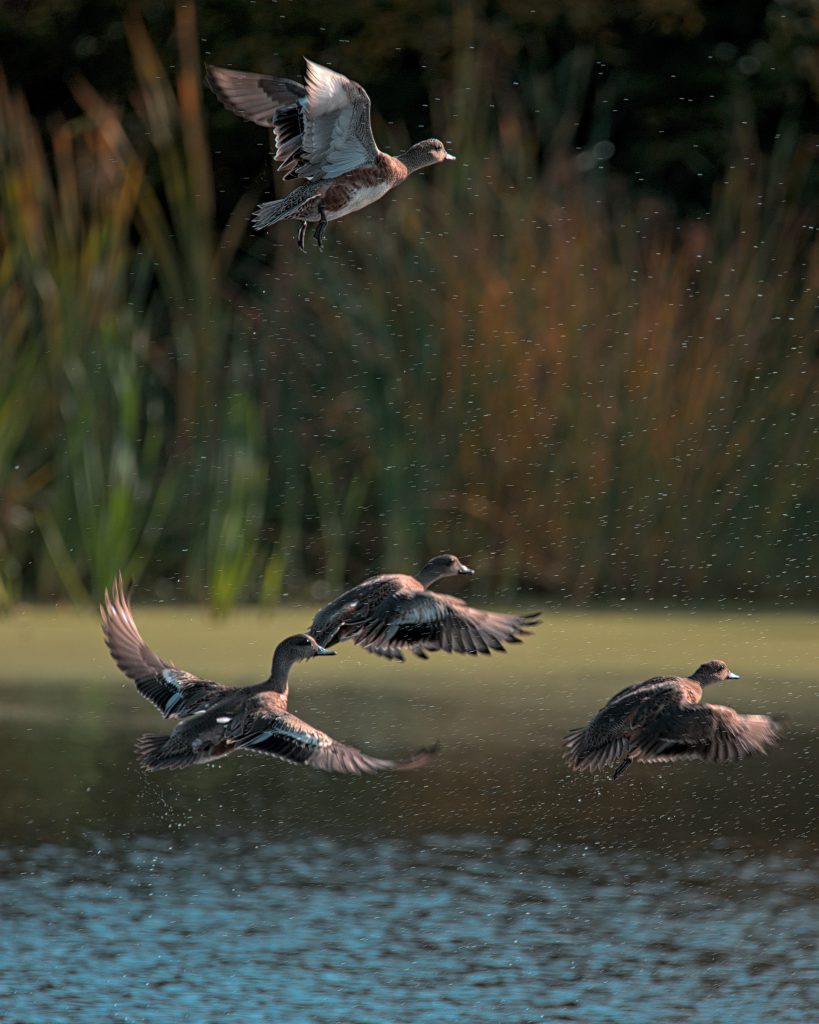
- Black-bellied Plovers-this is a large Plover bird found in North America. Typically seen during the winter and the spring and fall migration, you can find this bird on grassy lawns and mudflats. They are characterized by their black and white breeding plumage and gray and white plumage during the rest of the year.
- Brown Pelican-this is one of the most commonly seen birds on the Outer Banks. These large water birds are characterized by their large bills, dark body, and throat pouch which they use to typically scoop up small fish and crustaceans. Spot these birds gliding along the surf or in a squad, rising and falling with the waves.
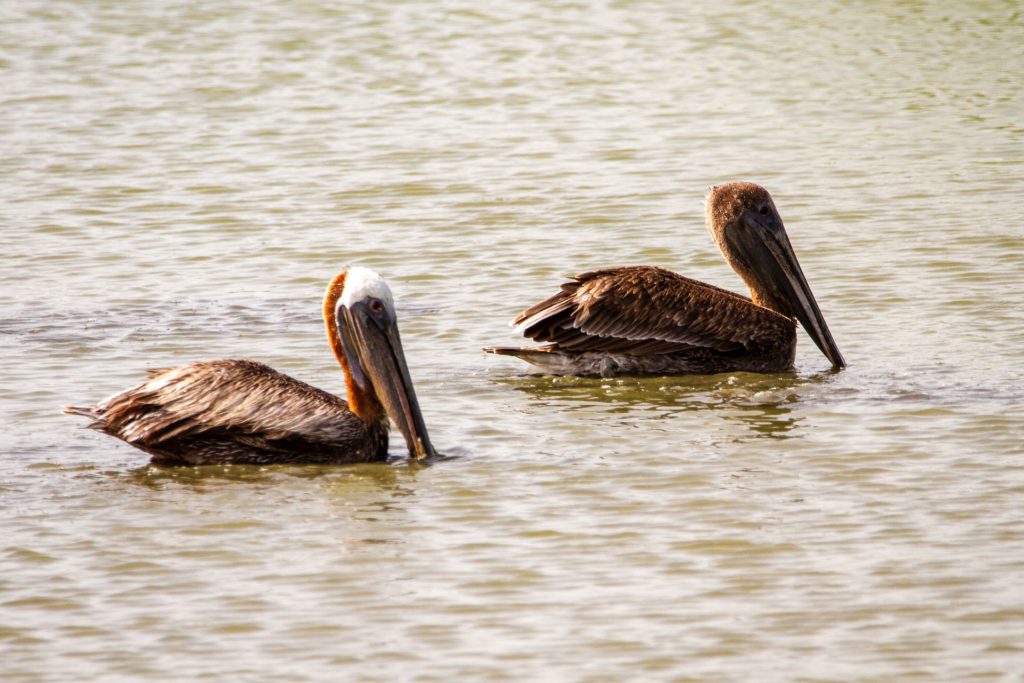
- Canada Goose-Canada geese are large water birds that can be seen flying around the OBX in a V-formation. These "honkers" migrate through the area yearly, characterized by their long necks, brown bodies, and white chinstrap.
- Canvasbacks-this waterfowl can be differentiated from other ducks just by their long and sloping profile. Males are characterized by a red head, white body, and black crest.
- Double-crested Cormorant-this large waterbird is known for its small head sitting on top of a kinked neck, hooked bills, and dark bodies.
- Eastern Willet-these birds are a famous sight in the Outer Banks. They can be identified by their long bill, gray legs, and stunning white striped wings. They tend to frequent the mudflats or hang around shallow water where they constantly probe for food.
- Eurasian Wigeons-these birds can be a rare sight in the Outer Banks. You can typically find them flying in a flock of American Wigeons. They are characterized by their rust-colored heads. They frequent the Outer Banks from October to late March.
- Great Blue Heron-This large bird can typically be found wading through shallow water, scanning for prey. With a large wingspan, these birds can be spotted year-round on the Outer Banks, though not typically during the breeding season.
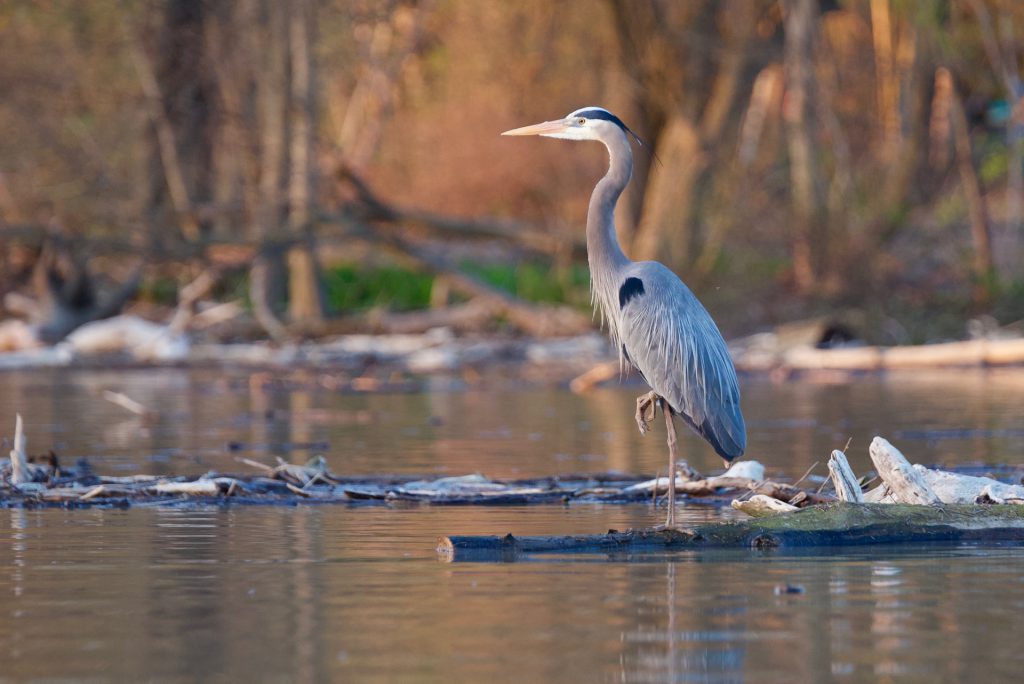
- Great Egret-this large bird is distinguishable thanks to its sizable white body, yellow bill, and black legs. Typically, bird watchers can find this bird stalking the shores in a Heron-like fashion.
- Gray Plover-don't let the small size of this shorebird fool you. They are feisty and resilient little birds. This bird is characterized by its gray to grayish brown plumage. During the breeding season, a dark neck band will appear, though it will appear incomplete on females.
- Laughing Gull-this is one of the most common gulls you can find in the Outer Banks. These birds are characterized by their white and gray bodies and loud and raucous calls.
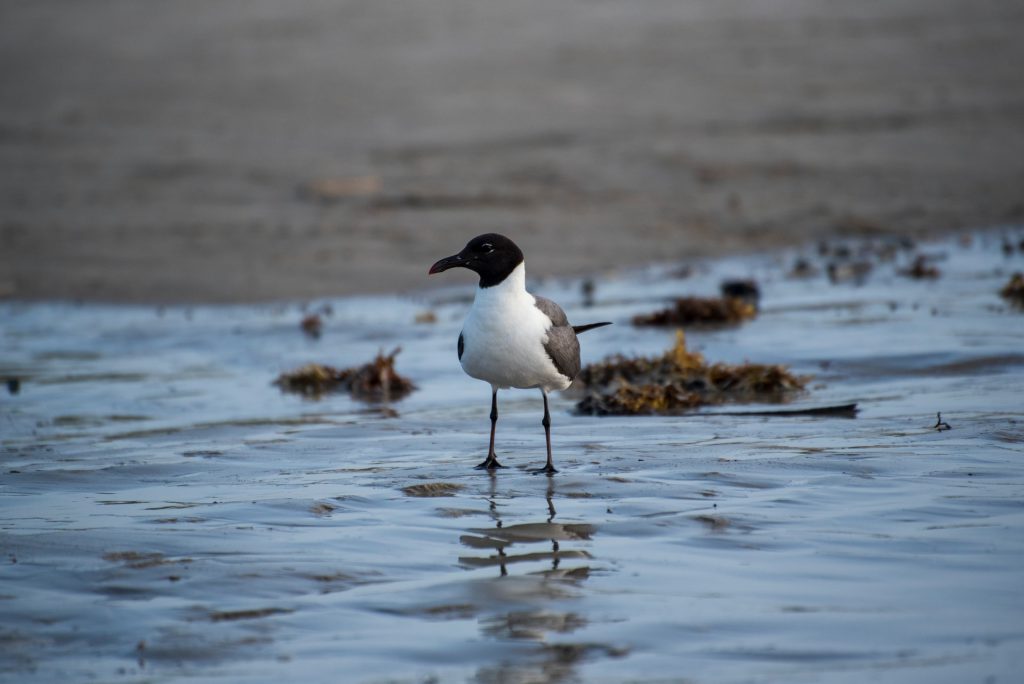
- Killdeer-this bird is a member of the plover family. They can be seen year-round near parking lots, campgrounds, or flats in the Outer Banks.
- Mallard-this common duck is characterized by the male's trademark green heads, black tail curls, and gray flanks. On the other hand, the females can be identified by their brown with orange plumage and black bills.
- Northern Gannets-this exciting bird find can be found thanks to their black wingtips. They can often be seen diving into the ocean in large groups of over a hundred or more birds.
- Northern Harrier-this slender hawk is characterized by their owlish appearance. They have a v-shaped wingspan and long tail feathers. Males are identifiable due to their gray and white feathers, while females are classified by the brown plumage.
- Northern Pintail-this is another common duck found in the Outer Banks. It is a medium-sized "puddle" duck, identified due to its long, thin neck. The "pin" tail is long in males.
- Osprey-the Osprey is a raptor known to feed on live fish and for grabbing its prey by plunging directly into the water. These birds are characterized by their white bellies, black beaks, and "crooked-winged" flight.

- Peregrine Falcon-another raptor found in the Outer Banks. It is one of the fastest flying birds alive. During the fall migration, you can find these birds characterized by their striped underbellies and dark heads.
- Snowy Egret-this bird is noticeable because of its crazy head of feathers. They are characterized by their heron-like behavior and large snow-white bodies. You can catch them in shallow bays or tide pools where they can pursue fish.
- Yellow-Rumped Warbler-this bird is known as the most common warbler in North America. They are easily identifiable by their bright yellow patch of feathers right above the tail, yellow streaks on their breast, and a yellow crown during the spring.
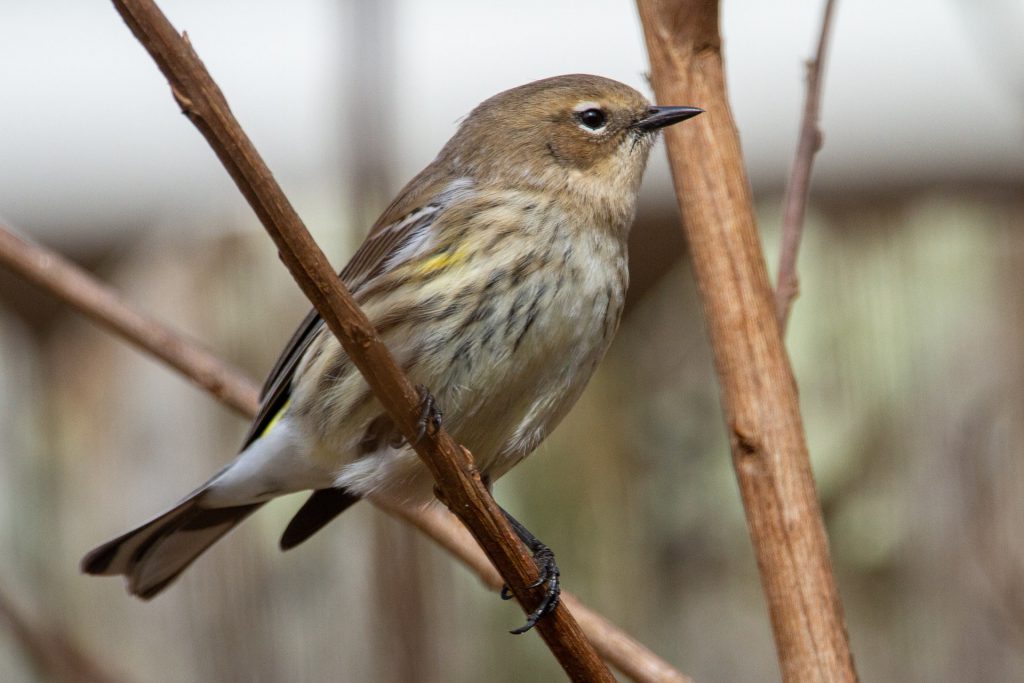
- White Ibis-this bird is a definite must-see for all birdwatchers or visitors of the OBX. It is a medium-sized wading bird classified by its red face, red legs, red bill, and prominent black tips along the wings.
Birdwatching OBX FAQs
What is the best season for birdwatching?
What month is best for bird watching on the OBX? It depends on the migration paths of birds. Typically, the best time to go birding in the Outer Banks is March because this is when the spring migration officially kicks off. However, any month or season can be a great time to see birds as they make the OBX their home.
Best birdwatching locations on the Outer Banks?
Where is the best place to watch birds on the Outer Banks? Several spots along the OBX allow you to break out the binoculars and watch these migrating birds without disturbing them.
North Carolina Birding Trail
This comprehensive network of trails spans the state, from the mountains to the coast. There are many sites on the Outer Banks which have been recognized as portions of the birding trail, and many bird watchers consider these areas to be the best spots to find flocking birds.
- The Elizabethan Gardens
- Roanoke Island Marsh Game Land
- Jockey's Ridge State Park
- Bodie Island Lighthouse
- Pea Island National Wildlife Refuge
- Alligator River National Wildlife Refuge
- Cape Hatteras National Seashore
- Currituck National Wildlife Refuge
- Duck Town Boardwalk
- Kitty Hawk Woods
- Nags Head Woods Ecological Preserve
The Outer Banks is home to thousands of different species of birds passing through on their way to migrate south. With plenty of marshland and hundreds of miles of sandy shores, there are plenty of locations you and the family can stake out and watch the Outer Banks' most popular feathered visitors in their natural beauty.
Joe Lamb Jr. & Associates is one of the most trusted vacation rental managers in the local area by growing into a market leader in the Vacation Rental and Sales Industry. Joe Lamb Jr. and his family have played a vital and intricate role in the Outer Banks Community for decades.
Over the past 50+ years, Joe Lamb Jr. & Associates have worked diligently to help promote the Outer Banks for the amazing beach and family vacation destination that it is, helping to increase tourism in the area and grow our beautiful community.







